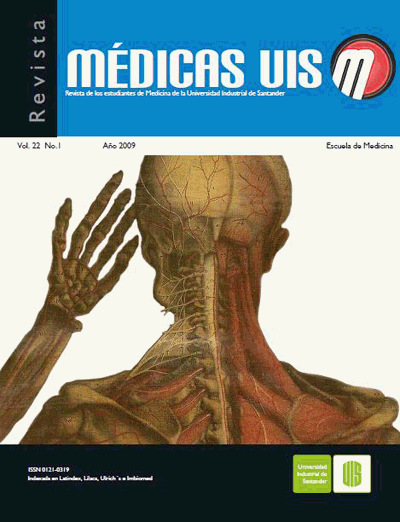Abstract
OBJECTIVES: to present the most recent advances made in epigenetics research.
SOURCES: Non-systematic review of the literature, in order to obtain relevant and updated references related to the subject.
SUMMARY OF FINDINGS: studies remarks methylation, histone modifcation, and the action of non-coding RNA processes, as key mechanisms to occur phenotypic changes by hereditable environmental effects.
CONCLUSIONS: the knowledge of these factors could change the approach of developmental and evolutionary biology, and its applications to medical science with a new approach to the concepts of health and disease.
Key words: Epigenetics. Genotype. Phenotype.
References
1. Devaskar SU, Raychaudhuri S. Epigenetics-A science of heritable biological adaptation. Pediatric Res 2007;61:1R-4R2.
2.Jaenisch R, Bird A. Epigenetic regulation of gene expression: how the genome integrates intrinsic and environmental signals. Nat Genet 2003;33(Suppl):245-54.
3. Jirtle RL, Skinner MK. Environmental epigenomics and disease susceptibility. Nat Rev Genet 2007;8(4):253-62.
4. Feil R. Environmental and nutritional effects on the epigenetic regulation of genes. Mutat Res 2006;600(1-2):46-57.
5. Godfrey KM, Lillycrop KA, Burdge GC, Gluckman PD, Hanson MA. Epigenetic mechanisms and the mismatch concept of the developmental origins of health and disease. Pediatra Res 2007;61(5 Pt 2):5R-10R.6.
6.Reik W, Dean W, Walter J. Epigenetic reprogramming in mammalian development. Science 2001;293(5532):1089-93.
7. Ting AH, McGarvey KM, Baylin SB. The cancer epigenomecomponents and functional correlates. Genes Dev 2006;20(23):3215-31.
8. Saugstad LF. From genetics to epigenetics. Nutr Health 2006;18(3):285-300.
9. O’Driscoll L. The emerging world of microRNAs. Anticancer Res 2006;26(6B):4280-10.
10.Cuestas E. ARN. Premio Nobel de Medicina 2006. Arch Argent Pediatra 2007;105:197.
11.Cuestas E. Implementación de la medicina traslacional. Arch Argent Pediatra 2006; 104:571
2.Jaenisch R, Bird A. Epigenetic regulation of gene expression: how the genome integrates intrinsic and environmental signals. Nat Genet 2003;33(Suppl):245-54.
3. Jirtle RL, Skinner MK. Environmental epigenomics and disease susceptibility. Nat Rev Genet 2007;8(4):253-62.
4. Feil R. Environmental and nutritional effects on the epigenetic regulation of genes. Mutat Res 2006;600(1-2):46-57.
5. Godfrey KM, Lillycrop KA, Burdge GC, Gluckman PD, Hanson MA. Epigenetic mechanisms and the mismatch concept of the developmental origins of health and disease. Pediatra Res 2007;61(5 Pt 2):5R-10R.6.
6.Reik W, Dean W, Walter J. Epigenetic reprogramming in mammalian development. Science 2001;293(5532):1089-93.
7. Ting AH, McGarvey KM, Baylin SB. The cancer epigenomecomponents and functional correlates. Genes Dev 2006;20(23):3215-31.
8. Saugstad LF. From genetics to epigenetics. Nutr Health 2006;18(3):285-300.
9. O’Driscoll L. The emerging world of microRNAs. Anticancer Res 2006;26(6B):4280-10.
10.Cuestas E. ARN. Premio Nobel de Medicina 2006. Arch Argent Pediatra 2007;105:197.
11.Cuestas E. Implementación de la medicina traslacional. Arch Argent Pediatra 2006; 104:571
Downloads
Download data is not yet available.
